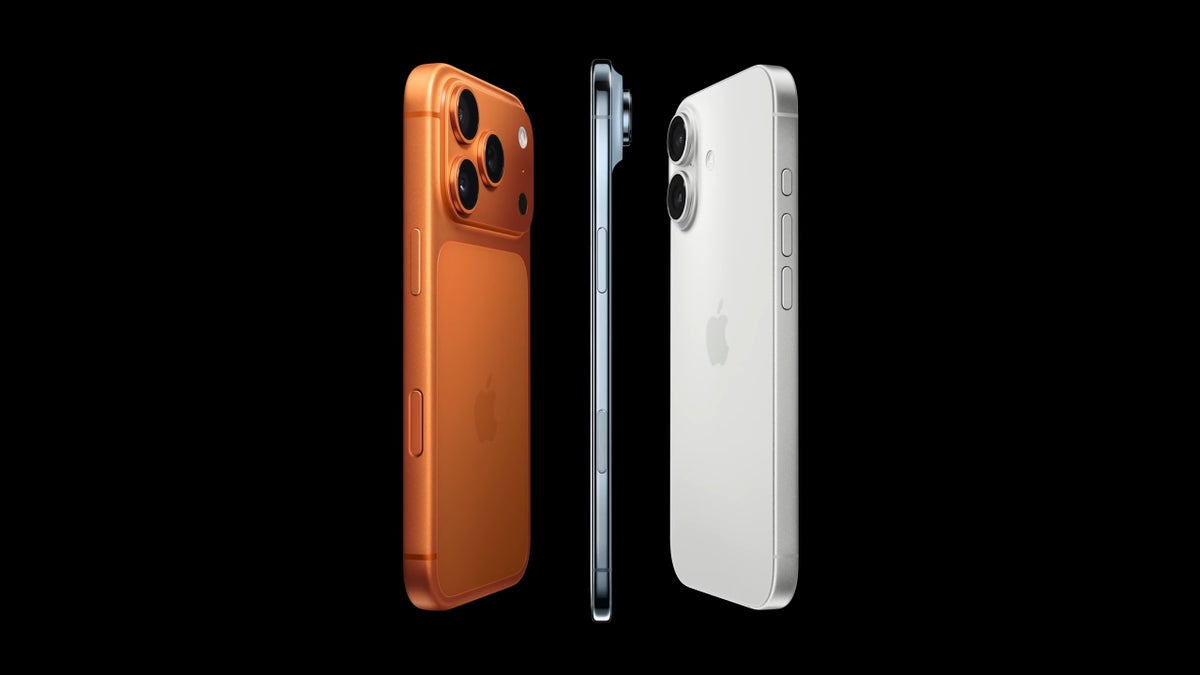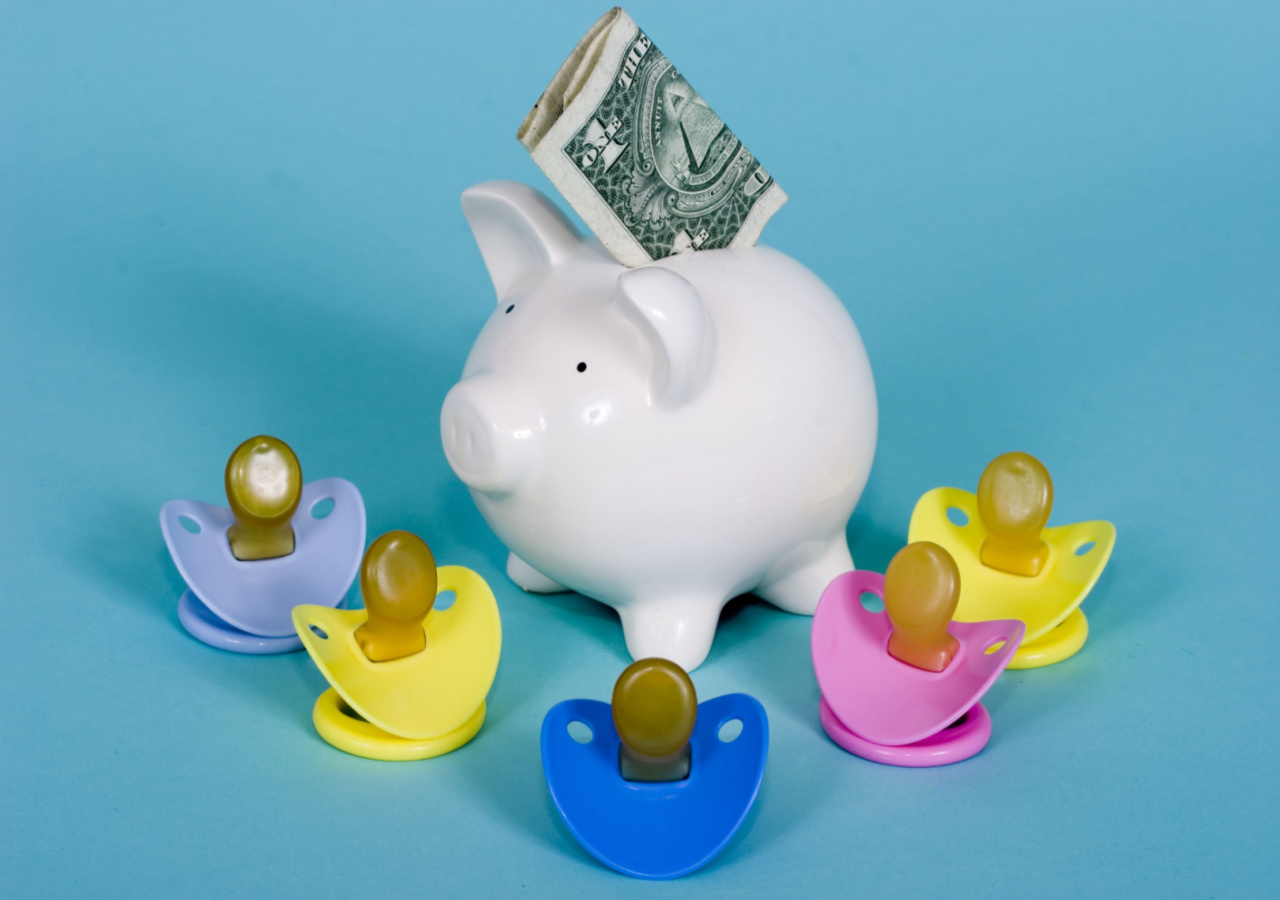Apple has unveiled a new version of the iPhone with a $2,000 price tag, making it one of the priciest smartphones for consumers to date. This release has initiated discussions around technology, consumer preferences, and the increasing demand for high-end gadgets, alongside worries about the accessibility of such expensive products in a competitive marketplace.
The latest version of the leading series by the tech giant introduces advanced features, state-of-the-art hardware, and improved software functions. The newest iPhone offers upgraded cameras, faster processors, and superior display technology, establishing Apple’s device as a top choice for consumers who value high performance, innovation, and design. Although the price has generated some surprise, the company maintains that the improvements validate the expense for individuals desiring the best smartphone experience.
Features and innovations driving the price
The $2,000 iPhone includes several technological upgrades that differentiate it from previous models. Among these are state-of-the-art camera systems capable of professional-level photography and videography, high-resolution displays with superior brightness and color accuracy, and processors designed to handle demanding applications with ease. Additionally, Apple has integrated new software features that improve user experience, security, and connectivity, reinforcing the device’s status as a premium product.
Battery efficiency and recharging rate have been improved to accommodate those who depend greatly on their smartphones for professional tasks, entertainment, and staying connected. The use of superior materials, like aerospace-quality alloys and ceramic protections, also adds to the increased price. These advancements illustrate Apple’s continuous approach to integrating functionality, robustness, and visual allure in a device that meets both utilitarian and aspirational needs.
Reactions of the market and consumer factors
Reactions to the release have been varied. Certain buyers perceive the latest iPhone as a sign of distinction, a device that not only delivers superb capabilities but also represents elegance and tech-savvy knowledge. Others debate if the advantages outweigh the cost, especially since other gadgets provide comparable functions at much lower prices. Industry experts propose that Apple is aiming at a particular portion of the consumer market—individuals eager to spend more for cutting-edge technology and brand prestige.
The introduction of a $2,000 mobile phone also prompts discussions about affordability and customer purchasing behaviors. For numerous individuals, buying such an expensive gadget signifies a major financial commitment, possibly necessitating installment payments or exchanging older devices. Nonetheless, Apple has consistently achieved high sales in its luxury segment, indicating that interest persists even during economic instability and competitive challenges.
Wider consequences for the mobile phone sector
Apple’s approach to setting prices mirrors larger patterns within the smartphone sector, where advancements frequently come with increased expenses. Rivals might react by launching their own upscale versions, featuring enhanced attributes to lure high-end consumers. Meanwhile, devices in the mid-range and affordable categories still capture the bulk of the market, focusing on value and accessibility rather than luxury and the latest technology.
This divergence in market strategy illustrates the challenges companies face in balancing innovation, affordability, and consumer expectations. While premium devices like the $2,000 iPhone showcase the possibilities of modern technology, they also highlight issues of inequality in access and the growing gap between high-end and mainstream smartphone users. Analysts note that these trends may influence future design choices, pricing structures, and marketing approaches across the industry.
Advice for buyers and factors to consider when making purchases
For potential buyers, evaluating the need for a premium device is essential. While the newest iPhone offers top-tier performance and features, not all users require the full capabilities of the most expensive model. Factors such as storage capacity, camera functionality, and processing power should be weighed against personal usage patterns and budget constraints. Apple offers various financing options and trade-in programs to make the device more accessible, but consumers are encouraged to carefully consider whether the investment aligns with their needs and priorities.
Additionally, alternatives within Apple’s own lineup or from other manufacturers may provide a balance between performance and affordability. By comparing features, prices, and user experiences, buyers can make informed decisions that maximize value without compromising essential functionality. Staying updated on software updates and planned product cycles can also help consumers anticipate future releases and determine whether waiting for a new model may be more advantageous.
The advancement of high-end smartphones
The launch of a $2,000 iPhone highlights the changing dynamics in the smartphone realm, where advancements consistently challenge limits and reshape what customers anticipate. As gadgets improve, the expense associated with breakthroughs increases, requiring firms such as Apple to manage the ambition to be pioneers with the practical aspects of the market. Upcoming developments could involve more incorporation of artificial intelligence, augmented reality, and other cutting-edge technologies, all with the potential to impact prices and consumer interest.
The release of this high-end iPhone highlights both the potential and the challenges of modern consumer electronics. For tech enthusiasts, it represents the cutting edge of innovation. For the broader public, it serves as a reminder of the growing premium segment in the market and the need to weigh features, functionality, and cost before making significant purchases. Whether this device will set a new benchmark for the industry or remain a niche product remains to be seen, but its debut certainly captures attention and shapes the conversation about the future of smartphones.



:max_bytes(150000):strip_icc()/GettyImages-22099526461-695f119f7b254a52aee8839ff8d99daf.jpg)
